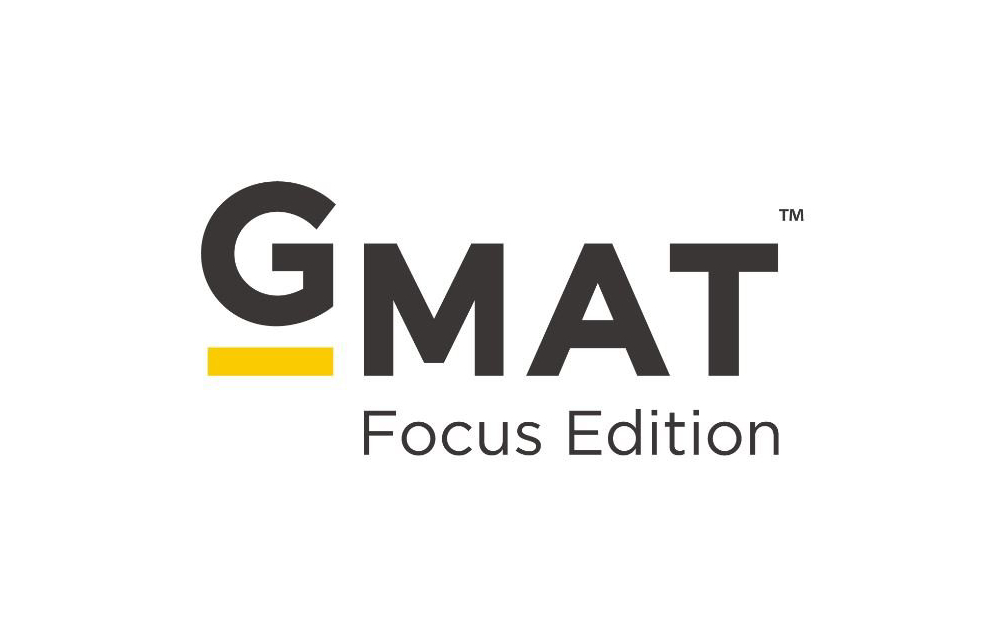
The Graduate Record Examination (GRE) is a standardized test designed to assess a test taker’s readiness for graduate study. The GRE is widely used by universities and colleges around the world for admission to various graduate programs, including master’s and doctoral programs, and is administered by the Educational Testing Service (ETS). The test measures verbal and quantitative abilities as well as analytical writing skills.
You can take the GRE test at any of more than 1,000 test centers in over 160 countries or from the comfort of your own home.
The test comes in two types:
- GRE General Test
- GRE Subject Test, which demonstrates knowledge in a specific field.
Structure of the GRE General Test
The GRE General Test consists of three sections: verbal reasoning, quantitative reasoning, and analytical writing.
The Verbal Reasoning segment evaluates various cognitive skills essential for comprehension and critical thinking. It assesses the capacity to:
- Analyze and deduce conclusions from logical reasoning.
- Interpret multiple layers of meaning, encompassing literal, figurative, and authorial intent.
- Highlight crucial points within a given text.
- Condense the essence of a passage.
- Decipher the organization of text, including the significance of individual words, sentences, and entire compositions.
- Grasp the interconnections between words and concepts.
This section incorporates three distinct question formats:
1. Reading Comprehension: These queries revolve around passages spanning topics ranging from physical science to humanities. Each passage, accompanied by one to six questions, necessitates either selecting one answer from five choices, identifying multiple correct answers, or pinpointing a sentence that matches a specific description within the passage.
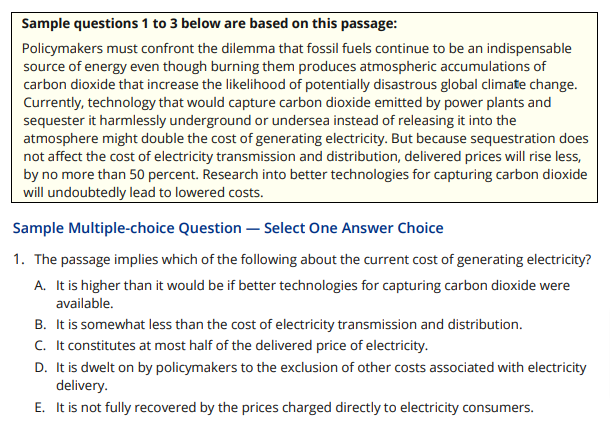
2. Text Completion: Candidates are tasked with utilizing information within passages to fill in blanks with appropriate words or phrases, thereby crafting coherent and meaningful sentences. Each passage, comprising one to five sentences, contains one to three gaps, with each blank requiring one correct answer. Notably, answer choices for different blanks are independent, and partially correct responses are not credited.
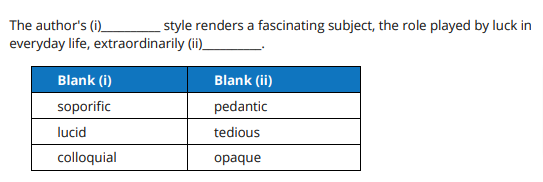
3. Sentence Equivalence: These questions resemble text completion but prioritize understanding the entirety of a passage. Candidates encounter a single-sentence prompt with one blank, where they must select two options that, when inserted, render a complete and cohesive sentence with equivalent meaning. Partially correct answers receive no points.

The Quantitative Reasoning segment evaluates the proficiency in:
- Understanding, interpreting, and analyzing quantitative data.
- Applying mathematical models to problem-solving.
- Employing basic skills and fundamental concepts of arithmetic, algebra, geometry, and data analysis.
- Demonstrating basic mathematical skills and comprehension of elementary math principles.
- Reasoning quantitatively and employing quantitative methods to model and resolve problems.
The section comprises four question formats:
Quantity Comparison Questions: Require comparing two quantities, A and B, and determining the relationship between them (whether A is greater, B is greater, they are equal, or the relationship cannot be determined).
Multiple-choice questions: Demand selecting one or more correct answer choices.
Numerical Input Questions: Prompt entering the answer as a whole number, decimal fraction in one box, or as a fraction in two separate boxes (for numerator and denominator).
Data Interpretation question sets: Present grouped questions related to the same table, graph, or dataset, testing interpretation and analysis skills. These questions may be multiple-choice or require numerical input.
This section covers four core topics:
1. Arithmetic: Encompasses the properties and classifications of integers, including divisibility, factorization, prime numbers, remainders, even and odd integers, as well as arithmetic operations, exponents, roots, estimation, percentages, ratios, rates, absolute value, number line, decimal representation, and number sequences.

2. Algebra: Focuses on operations with exponents, factorization, and simplification of algebraic expressions, functions, equations, inequalities, solving linear and quadratic equations, formulating equations for word problems, and coordinate geometry involving graphs of functions, equations, inequalities, as well as intersections and slopes of straight lines.
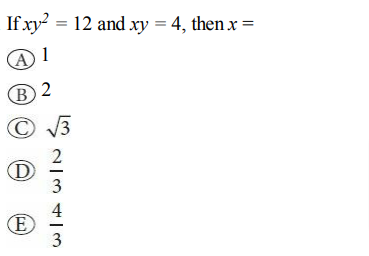
3. Geometry: Covers parallel and perpendicular lines, circles, various types of triangles (including isosceles, equilateral), quadrilaterals, polygons, congruent and similar figures, three-dimensional shapes, calculations of area, perimeter, volume, Pythagoras’ theorem, and angle measurement in degrees.
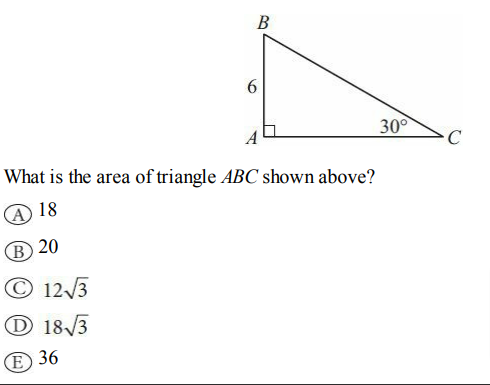
4. Data Analysis: Involves statistical measures such as mean, median, mode, range, standard deviation, interquartile range, quartiles, percentiles, interpretation of data presented in tables and graphs (e.g., line graphs, histograms, pie charts, boxplots, scatter plots, frequency distributions), elementary probability, conditional probability, random variables, probability distributions, and counting techniques like combinations, permutations, and Venn diagrams.
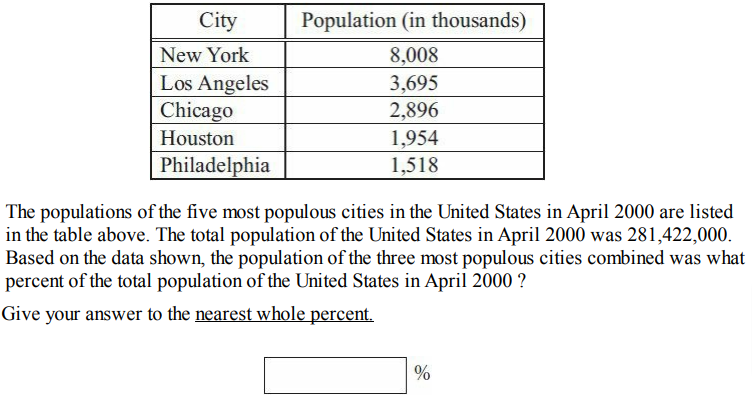
The Analytical Writing segment evaluates one’s capability to:
- Express intricate ideas with clarity and effectiveness.
- Build compelling arguments.
- Maintain a coherent discussion.
- Demonstrate command over elements of standard written English.
This section entails a 30-minute “Analyzing an Issue” task. The assignment furnishes an opinion regarding an issue along with instructions on how to address it. Participants are tasked with assessing the issue, recognizing its intricacies, and formulating a well-supported argument with explanations and instances to bolster their standpoint.

Structure of GRE Subject Tests
Subject tests evaluate your proficiency and comprehension in specific disciplines, including Mathematics, Physics, and Psychology.
The Mathematics examination comprises around 66 multiple-choice inquiries derived from courses typically available at the undergraduate level. Approximately 50% of the questions pertain to calculus and its practical applications, a subject assumed to be fundamental to the training of most mathematics students. Around 25% of the test inquiries focus on elementary algebra, linear algebra, abstract algebra, and number theory. The remaining questions explore various other areas of mathematics currently studied by undergraduate students at numerous institutions.

The Physics test encompasses roughly 70 multiple-choice questions based on materials like diagrams, graphs, experimental data, and descriptions of physical scenarios. Questions span topics such as Classical Mechanics, Electromagnetism, Optics and Wave Phenomena, Thermodynamics and Statistical Mechanics, Quantum Mechanics, Atomic Physics, Special Relativity, and Laboratory Methods. The test predominantly employs the International System of Units (SI), with the test booklet containing a table presenting information on diverse physical constants and conversion factors of SI units.

The Psychology assessment consists of approximately 144 multiple-choice questions, requiring tasks such as recalling factual information, analyzing relationships, applying principles, drawing conclusions from data, and evaluating research designs. It covers a broad spectrum of areas, including biological, cognitive, social, developmental, clinical, and measurement/methodology. The test adheres to the terminology, criteria, and classifications outlined in the Diagnostic and Statistical Manual of Mental Disorders, Fifth Edition, Text Revision (DSM-5-TR).
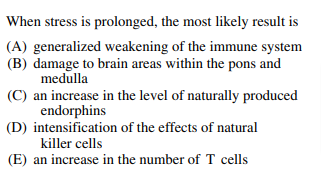
Whether you need help with math, science, languages, or any other subject, our tutors are ready to help you on your academic journey. Don’t miss your chance to succeed – take a discounted trial lesson today!
Registration and testing process
Registration for the GRE examination is facilitated via your ETS account.
For the GRE General Test, you’re eligible to sit for it once every 21 days, with a maximum of five attempts within a continuous 12-month period (365 days), even if you’ve previously canceled a test.
GRE Subject Tests are available for administration two weeks a month in September, October, and April at computer-delivered centers globally. You can take a GRE Subject Test once every 14 days. Additionally, tests can be taken at home on specified days during these months, with the possibility of testing as soon as 24 hours after registration.
The GRE General Test is conducted as a computer adaptive test, with a total test duration of approximately 1 hour and 58 minutes without breaks. It comprises:
- Analytical Writing: One Problem Analysis assignment within 30 minutes.
- Verbal Reasoning (two parts):
- Part 1: 12 questions in 18 minutes.
- Part 2: 15 questions in 23 minutes.
- Quantitative Reasoning (two parts):
- Part 1: 12 questions in 21 minutes.
- Part 2: 15 questions in 26 minutes.
Similarly, GRE Subject Tests are administered in a computerized format, with a total testing time of 2 hours and 50 minutes for the math test and 2 hours for the physics and psychology tests.
If you choose to take an unscheduled break during the test, the testing time will not be paused or interrupted.
When attending an exam at a designated test center, it’s imperative to arrive at least 30 minutes prior to the scheduled start time for registration purposes.
During registration, you will undergo a photographing process and will be required to present a valid ID.
Before the commencement of the test, instructions will be provided by the testing staff regarding the storage of personal belongings.
For those opting to take the exam at home, it’s necessary to log in at least 15 minutes before the designated start time by clicking on the link provided in the ETS exam confirmation email or the registration system. Failure to do so will result in the cancellation of your test.
Upon initiation of your home session, an examiner will guide you through the registration protocol. You’ll be asked to present your ID and display your computer screen using a small mirror or cell phone. Additionally, you’ll need to provide a 360-degree panorama of the room using your computer’s camera.
The home test mirrors the format of the test at a designated center but is conducted on your personal computer in a secure location under the supervision of a human proctor. It’s crucial to ensure that you are alone in the room during the test to prevent unauthorized individuals from entering.
In the GRE General Test, the Analytical Writing section precedes the Verbal Reasoning and Quantitative Reasoning sections, with the latter two sections being interchangeable in order. Essay responses are entered using the basic word processor provided by ETS, which includes functions like text insertion, deletion, cutting and pasting, and undoing actions. However, tools such as spelling and grammar check are not available.
Both the Verbal Reasoning and Quantitative Reasoning sections operate on an adaptive basis at the section level. The initial section of each exam maintains an average difficulty level, while the difficulty of the subsequent section depends on your performance in the preceding section.
The test design also encompasses features like forward and backward movement within sections, preview and review capabilities within a section, “Mark” and “Review” functions for annotating questions, and the ability to change or edit answers within a section. Additionally, an on-screen calculator is provided for the Quantitative Reasoning section.
Requirements for taking the test
The only personal items you are allowed to bring into the testing center exam room are your ID card and a mask, if you choose to wear one. All other personal items are not allowed and must be left in a locker.
For home testing allowed:
- ID card;
- A desktop or laptop computer. This can be a PC or a Mac;
- A camera that you can move around to show the proctor the entire room;
- A microphone and speaker;
- One small whiteboard with an erasable marker;
- One piece of paper in a clear protective case with an erasable marker.
Prohibited:
- Tablet, Chromebook, mobile device;
- Use of multiple monitors or dual screens;
- Headset or headphones;
- Cameras, notes, and study materials;
- Food and beverages;
- Face masks;
- Pencils and pens.
GRE General Test Results
Upon completion of the test session, you will be presented with the choice to either report or cancel your results. Opting to report your scores will grant you access to view your unofficial results.
Official GRE General Test scores will be accessible in your ETS account approximately 8-10 days following the test date. An email notification from ETS will be sent to you once the scores are available. These results remain valid for a duration of 5 years.
You have the liberty to select up to four institutions to receive your score reports, with the option to choose additional institutions for an extra fee.
GRE scores find acceptance across various domains, including graduate programs spanning fields such as business, education, engineering, social sciences, natural sciences, humanities, among others. Additionally, they are recognized by business and law schools, scholarship programs, international programs, dual degree programs, and scholarships tailored for high school graduates.
The scoring range for each section is as follows:
- Verbal Reasoning: 130-170, in 1-point increments.
- Quantitative Reasoning: 130-170, in 1-point increments.
- Analytical Writing: 0-6, in half-point increments.
The GRE score scale spans from 260 to 340, with the maximum score being 340. It’s important to note that the composite score is calculated based solely on the Verbal and Quantitative Reasoning sections.
All essays submitted in the Analytical Writing section undergo evaluation by trained analysts employing ETS essay similarity detection software and by seasoned content experts.
A commendable GRE score typically involves achieving 160 or higher in both Verbal Reasoning and Quantitative Reasoning sections, alongside a score of 4.5 or above in writing. An overall score of 318 or higher is generally regarded as competitive.
GRE Subject Test Results
GRE Subject Test scores serve as supplementary measures for admissions and scholarship committees, complementing your undergraduate credentials, letters of recommendation, and other qualifications when applying to graduate school.
Upon completion of the test, it typically takes around 5 weeks to receive your GRE Subject Test results. These official scores will be accessible in your ETS account on the day your test score report is submitted. An email notification from ETS will notify you of their availability. The results remain valid for 5 years.
Each GRE Subject Test yields a total score ranging from 200 to 990 in 10-point increments. The total scale score is derived from the number of questions answered correctly throughout the test.
Starting September 2023, for physics and psychology tests, the percentage of correct subpoints is presented on a scale from 0 to 100 points in 1-point increments. This percent correct score indicates the proportion of questions answered accurately within a specific content area.
For these subject tests, the average GRE score for mathematics stands at 664, for physics it’s 714, and for psychology it’s 619. Therefore, anything surpassing the subject average score can be deemed a commendable GRE score.
Cost of the test
GRE General Test cost:
China – $231.30
All other areas of the world – $220
Additional fees:
Rescheduling fee — China – $53.90
Rescheduling fee — All other areas of the world – $50
Changing your test center – $50
Additional Score Reports (ASR) — Per recipient – $35
Question-and-Answer review service — Verbal Reasoning & Quantitative Reasoning sections only (New York State residents only) – $50
Score Review for Analytical Writing measure – $60
Score Reinstatement Fee – $50
GRE Subject Test cost:
Worldwide – $150
Additional fees:
Rescheduling fee – $50
Change of test center – $50
Additional Score Reports (ASR) – per recipient – $35
Score Reinstatement Fee – $50.
Supplementary Details
With ScoreSelect®, test takers have the freedom to curate which GRE test scores are forwarded to their chosen institutions.
On the day of the test, individuals can either refrain from immediate score submission or choose from the following options for their four complimentary score reports:
- Most Recent: Dispatch scores from the latest test session.
- All: Transmit scores from all GRE General Test administrations within the previous 5 years.
Following the test day, for a nominal fee, score reports can be sent with the option to select from the subsequent choices for each report:
- Most Recent: Share scores from the most recent test administration.
- All: Share scores from all test administrations within the past 5 years.
- Any: Share scores from one or multiple test administrations spanning the last 5 years.
GRE Fee Reduction Program.
The GRE Fee Reduction Voucher covers the cost of one GRE General Test and/or one GRE Subject Test. Eligible individuals pay $100 for the GRE General Test and/or 50% of the regular GRE Subject Test fee ($75). Those who register for the general test also receive free access to GRE test preparation materials.
Selection Criteria:
- Demonstrated financial need;
- Unemployed and those receiving unemployment benefits;
- Participants in national programs for underrepresented populations;
- Receiving financial aid at a U.S. undergraduate institution with a parental contribution of $2,700 or less (dependent students) or a personal contribution of $3,200 or less (self-supporting students).




